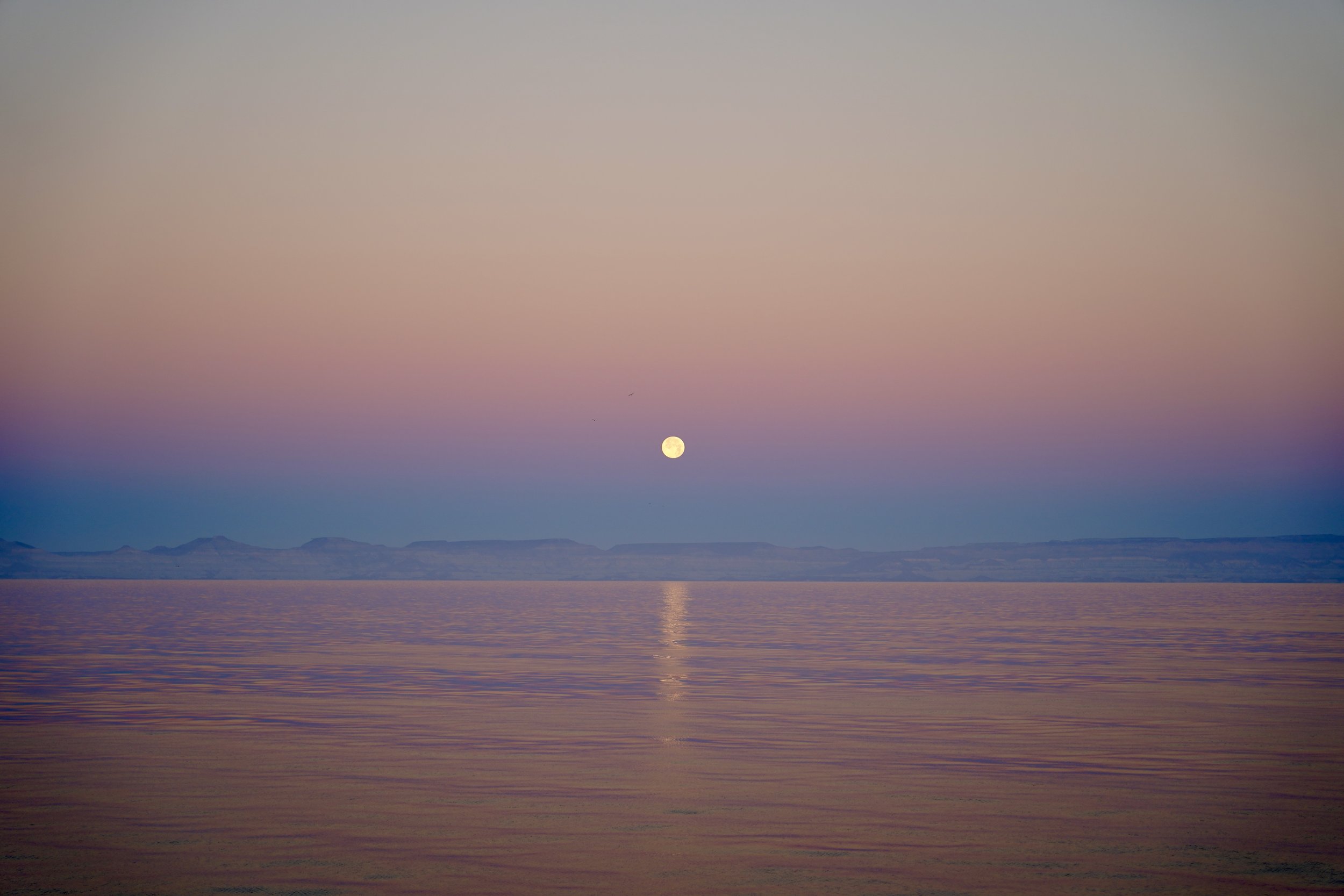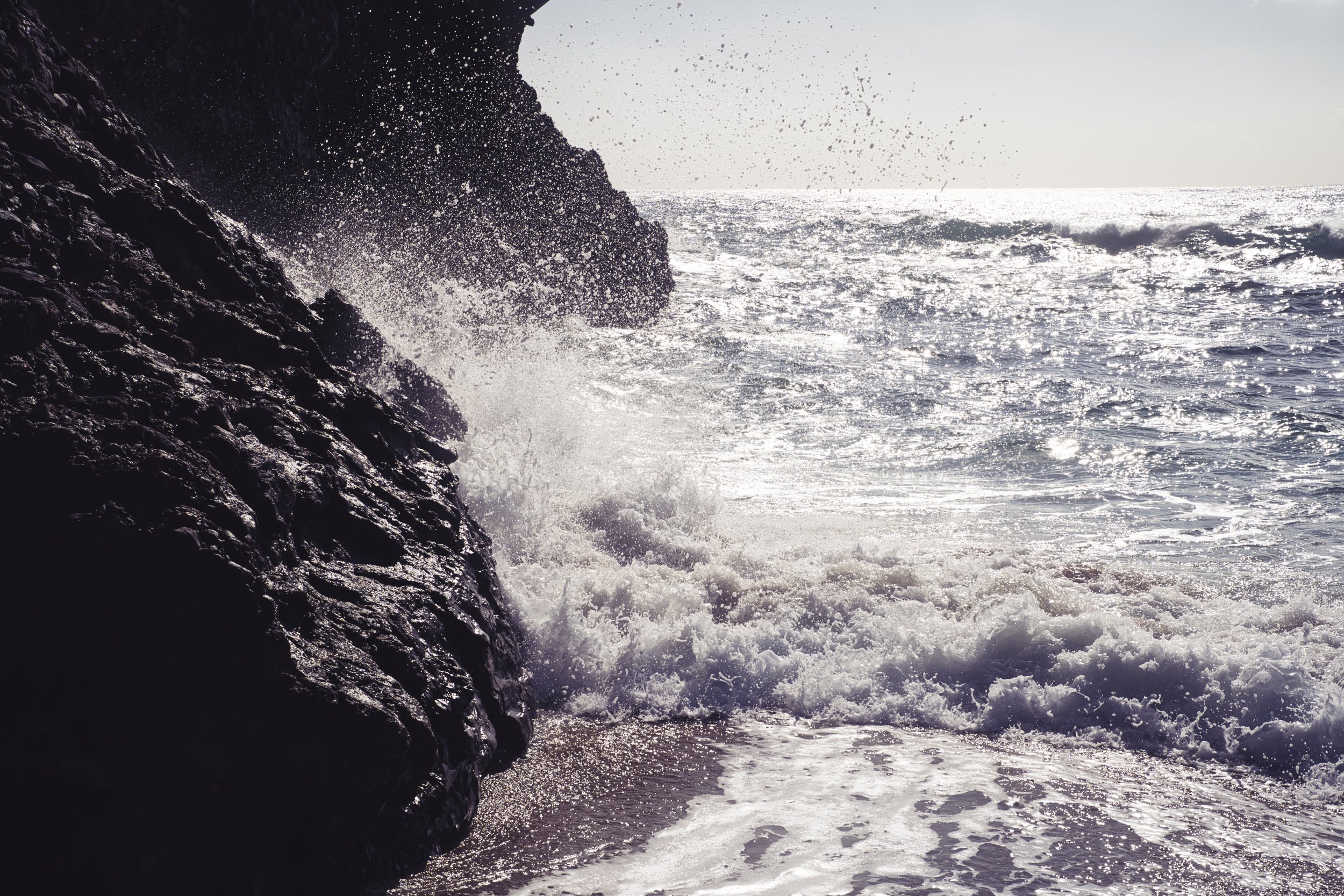
Sunscreen: a complete guide
Dr. Brock Lanier, MD, FACS | OncoPlastic Surgery in Newport Beach
Why is sunscreen so important?
The sun’s UV rays can both burn your skin & age it faster. Sunscreen protects against both of these, and prevents skin cancers from forming.
Consistent, daily sun protection should be the bedrock to any skincare strategy.
Basically, yes… sunscreen is the answer that we’ve been looking for, & it’s been here the whole time. In a sense it is sort of the Fountain of Youth.
Fewer burns. Less aging. Cancer prevention.
UVA and UVB are both “ultraviolet” rays, but…
Ultraviolet A rays have a slightly longer wavelength, which lets them pass through the top layer to skin and hit the bottom layer - the dermis. They are responsible for long-term damage, both accelerated aging (such as wrinkles and loss of the skin’s elasticity) and they create brown spots (or sun spots) and increase the risk for skin cancers.
Ultraviolet B rays have a shorter wavelength, and so they hit the top layer of the skin - the epidermis. The UVB absorption causes short-term damage such as inflammation and burns.
UVA rays: Aging. UVB rays: Burns.
Mineral vs Chemical sunscreens
The two basic types of sunscreen are mineral (a.k.a. physical) and chemical (a.k.a. organic). They both protect your skin from UVA and UVB rays.
The mineral ones work simply by being a barrier and physically blocking the sun’s rays and its UVA+UVB from hitting your skin.
Unlike in the past, a lot of mineral sunscreens these days are invisible when you put them on, acting like an invisible shield bouncing away the damaging UV rays.
The chemical sunscreens work differently. When sunlight hits your skin, the chemical sunscreens convert the harmful UVA +UVB into teeny, tiny, microscopic amounts of heat - that just blow away in the air. So the sunlight energy is basically redirected in another form before it can damage the skin.
The Sunscreen Bar
Try out our unique sunscreen bar
Only at SoCal OncoPlastic Surgery | Newport Beach, California
see also: NY Times | Wirecutter

How much sunscreen should you put on?
And how often should you re-apply it?
The answer is a lot, more than you’re probably putting on.
Sunscreen is tested with a large amount to ensure it meets its SPF rating, whether it's SPF 15, 30, or 50. If you don’t apply enough, it may not protect you as labeled. For example, if your sunscreen says SPF 30, you might only be getting SPF 15 because you’re not putting enough on. This is the main reason it’s best to use at least SPF 30, to ensure you’re getting adequate protection, even if you don’t apply enough.
Put on enough sunscreen to completely cover the area (your face or arms) where it’s moist or wet for a little bit before the sunscreen soaks in.
You should also re-apply sunscreen more often than you think. A lot of times it will say on the bottle, 80 or 90 minutes. That’s an hour and half. They’re not kidding. Sunscreen is only good for that long - especially if you’re outside sweating or in the water.
Even if you're staying indoors, sunscreen should be part of your daily routine. I suggest applying it every morning, no matter how long you'll be inside. It's also good to reapply around lunchtime. In Southern California during summer, I recommend a third application in the afternoon, around 3 PM, since there are still several hours of sunlight. Adjust this based on your location and the length of the days.
How long do you need to you wear sunscreen in order to actually prevent skin cancer?
A study in Australia looked at this question (1). Researchers gave half of the people in a small town free sunscreen, only SPF 15. The rest of the people in the town could do whatever they want - wear sunscreen or not.
The results were really interesting. In less time than you might think - in about five years - there was a difference in the number of skin cancers. The people that were given free SPF 15 sunscreen had fewer melanoma skin cancers, and the ones that developed tended to be early stage melanomas.
In essence, if you think your life expectancy is more than 5 more years then effective sun protection is very important. That’s especially true if you have other risk factors for skin cancer - like a family history or if you take certain medications that increase your risk.
1. Green AC, Williams GM, et al. Reduced Melanoma After Regular Sunscreen Use. JCO 2011. PMID 21135266.
La Roche-Posay Anthelios Melt-In Milk Sunscreen, SPF 60
BEST FOR ALL AROUND GENERAL USE.
Chemical sunscreen. If you’re only going to buy one sunscreen, maybe it should be this one. For Both Body & Face. Smooth, doesn’t smell, lightweight, cleanly absorbs (melts) into the skin. It comes in a big 5 oz tube for about $32.
Truly great all around option (did we mention: both body + face) at a really great price.
Innisfree Daily UV Defense Sunscreen, SPF 36
KOREAN SUNSCREEN MVP
Chemical sunscreen. Korean sunscreens are currently all the rage - for good reason. This one smells really good, feels really good. It’s super clean with a velvety and glowing finish. Very similar feel and consistency of ZO Daily Sheer Sunscreen - another great option for everyday wear.
In the same category, very similar: Purito Daily Soft Touch Sunscreen, SPF 50. Super clean. 100% absorbs with no residual. No smell. Basically invisible. Includes 5 different ceramides in it, which have multiple beneficial effects. They strengthen the skin barrier, boost hydration, sooth dry/irritated skin, offer anti-aging benefits, and protect against ongoing environmental damage. $22 for 2.0 oz.
ZO Sunscreen + Powder, SPF 45
BEST POWDER SUNSCREEN
Mineral powder sunscreen. Powered by Triple-Spectrum Protection® and ZO’s exclusive antioxidant technology, this innovative powder delivers exceptional defense against sun & environmental stressors. Available in 3 different color pigments that provide a flawless finish. Recognized as one of the best powder sunscreens by Cosmopolitan and Women's Health. This is a great go-to for convenient, powerful protection and a naturally radiant look. Simplify your routine without compromising on skin health and beauty.
$65. Available at SoCal OncoPlastic.
Sunscreen Recommendations:
for everyone and every occasion
Babo Botanicals Sheer Mineral Sunscreen Lotion, SPF 50
BEST FOR SENSITIVE SKIN & KIDS, ALSO GREAT FOR EXERCISING.
Mineral sunscreen. Really smooth and lightweight - it’s a mineral sunscreen but it completely disappears after you apply it, which is amazing for a zinc oxide sunscreen. It’s perfect for kids, for people with sensitive skin, for swimming, and for workouts. When you’re exercising, sweat that gets in your eyes doesn’t sting. It also is available at an amazing price, 3 oz tube is about $20.
We love it for kids, pool parties, and daily workouts cycling, running, swimming, & surfing.
ZO Daily Sheer Broad Spectrum Sunscreen, SPF 50
UPGRADE YOUR DAILY DRIVER.
Chemical sunscreen. The upgrade your daily sun defense experience. This is the perennial top rated favorite from ZO. It features ZO’s innovative ZOX12® complex for broad-spectrum protection against UVA/UVB, IR-A, and HEV light - all while drying quickly to a sheer finish. Its non-greasy formula not only shields your skin but also provides weightless hydration. Also backed by the Skin Cancer Foundation's Seal of Recommendation.
$70 for 1.5 oz. Available at SoCal OncoPlastic.
Trader Joe’s Daily Facial Sunscreen Gel, SPF 40
ACTUALLY AWESOME
Chemical sunscreen. We’re supposed to recommend expensive products in order to make more money, but this is a great option. It is a gel sunscreen, so thicker and more viscous. But it’s not thick or greasy. It feels soothing, and pretty much disappears in 10-15 minutes leaving the skin soft and supple. Gel sunscreens tend to divide people - either you love it or hate it. We love this one. Best for those with dry or normal skin; avoid if you have oily skin or are prone to breakouts.
1.7 oz for $9, great deal, usually hidden somewhere around the checkout lane at TJ’s.
Banana Boat Baby Mineral Enriched Spray, SPF 50
NEED TO COVER A LOT OF SKIN? USE THIS HEAD-TO-TOE.
Hybrid sunscreen: both mineral + chemical. Not just for babies and kids, actually great for everyone. This is one of the newer combined sunscreens. It is an organic combined - or enriched - with a mineral sunscreen: zinc oxide. Essentially it’s the best of both worlds, two-for-one. It also comes in lotion form, but we prefer the spray because it is so much faster. The zinc oxide is roughly half of the concentration in a pure mineral sunscreen. This means that you can see the white zinc oxide as you put it on and know how well/where you’ve applied, but then it absorbs and disappears. Really great to making sure you don’t miss a spot, especially when you have a lot of skin surface to cover - like spraying the whole family.
It’s hypoallergenic and affordable. At times hard to find in the stores. A spray bottle is 6 oz and costs less than $20.
Beauty of Joseon: Relief Sun Organic Sunscreen w/ Rice and Probiotics, SPF 50
KOREAN SUNSCREEN SUPERSTAR
Chemical sunscreen. Feels great - as if a moisturizer + sunscreen had a child. Best for irritated or dry skin, or great for a guy after shaving. Soft, hydrating, melts in, no smell - a superstar!
About $15 for 1.7 oz, if you can find it (frequently sold out).



























